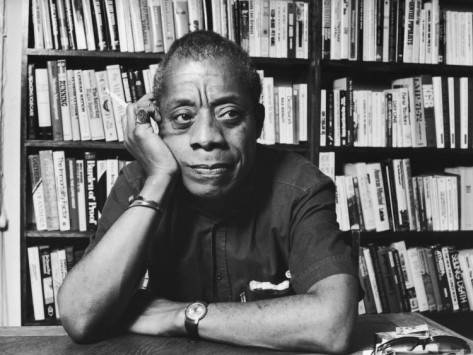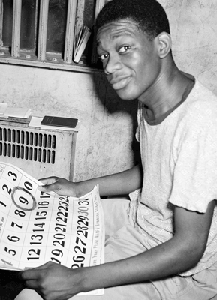From the very beginning of Catherine Carmier (1964), technological advancements and their
effects on the rural African American community can be seen. When Brother comes to town in order to pick up Jackson from the bus station, he
begins to speak with two Cajuns about Jackson's return. During their
conversation, François
and Paul mention that they are waiting on their new tractors. François informs Brother that everyone has new tractors
now and that with them they could complete their work very quickly: "Knock it all out in one day like that" (6). Later, in chapter twenty-nine, the
narrator, discussing Raoul's fears, mentions that the technological
advancements in agriculture, specifically tractors scare him. Being "the
only colored farmer” left holding out against the Cajuns, “[h]e was going to
give them hell before their tractors plowed dirt in his face” (134).
The land, and the changing of the land,
plays a prominent role within Catherine
Carmier. The introduction of tractors and other machinery only helps to
exacerbate the already dwindling farm area available to the African American
community within the novel. When talking about why Bud Grover gave the Cajuns the
best farm land even though they are a tier below the whites in the social hierarchy,
Madame Bayonne informs Jackson, “White is still white” (73). Continuing, she
informs Jackson that Bud Grover gave the Cajuns the best farm land over the “Negroes”
because they produced more crop. They can do this partly because they have the
best land but also because they work together. These advantages allowed them to
produce more crops which allowed them “to buy more equipment” that would allow
them to work the land even faster, thus producing more crops for Bud Grover
(74). The increase of Cajun land, amongst other factors, led to a change within
the community of the Quarters. As Jackson and Madame Bayonne walk through the
corn fields, Jackson notices that the Washington’s used to live in a space
where crops now reside. Madame Bayonne tells him that they moved to Baton Rouge
and the Cajuns own the land now. She goes on to tell Jackson, “Houses don’t sit
between houses any more; now they sit between fields” (77). The Washingtons
moved to Baton Rouge, others moved to New Orleans or the North. Still others
joined the military and left. In fact, some of Gaines’ friends tried to
convince him to stay in the military instead of getting out and becoming a
writer.
All of these factors play in to the
deterioration of community and the changing landscape. In A Gathering of Old Men (1983), all that are left on Marshall
Plantation are the old and the very young. Gaines discusses this very fact in a short speech about the novel that can be found in the archives. As I’ve
mentioned in a previous post, Gaines sees change as inevitable. It will occur;
however, there are certain things that he truly wants to preserve on the land.
One of these is the cemetery where his ancestors are buried. In A Gathering of Old Men, the fear of the
cemetery being plowed under becomes a serious threat. Telling Mapes why he
decided to stand, Johnny Paul and the other men begin to talk about the past.
He informs Mapes that he can’t see anything but the weeds behind the
plantation, but Johnny Paul and the others see much more. They see their lives,
their community. Part of that community is the graveyard. Johnny Paul tells
Mapes, “I did it for them back there under them trees. I did it ‘cause that
tractor is getting closer and closer to that graveyard, and I was scared if I
didn’t do it, one day that tractor was go’n come in there and plow up them
graves, getting rid of all proof that we ever was” (92). The physical proof of
the Washingtons and other families moving in Catherine Carmier has disappeared. All that remains are the
memories of Jackson, Madame Bayonne, and the others in the Quarters. The cemetery
remains a physical representation of the people who lived on and worked the land.
It is a tangible place that can be seen and serves as a locus for the shared
memory of the community.


This is only one theme from Catherine Carmier that continually
appears in Gaines’ work. I have not even scratched the surface of this topic in
Catherine Carmier, let alone in
Gaines’ oeuvre. Catherine Carmier
explores, as Thadious M. Davis puts it, “the dichotomy between condition of
modern plantation life and the values inherent within the people living in the
plantation system” (276). This dichotomy becomes apparent when thinking about
the ways that the landscape has changed since Jackson left for California. In
the next post, I will talk about the teacher figures that appear in Gaines’
work. Jackson serves as introductions to these characters.
Davis, Thadious M. Southscapes: Geographies of Race, Region, & Literature. Chapel Hill: University of North Carolina Press, 2011. Print.
Gaines, Ernest J. Catherine Carmier. New York: Vintage Books, 1993. Print.
Gaines, Ernest J. A Gathering of Old Men. New York: Vintage Books, 1983. Print.













